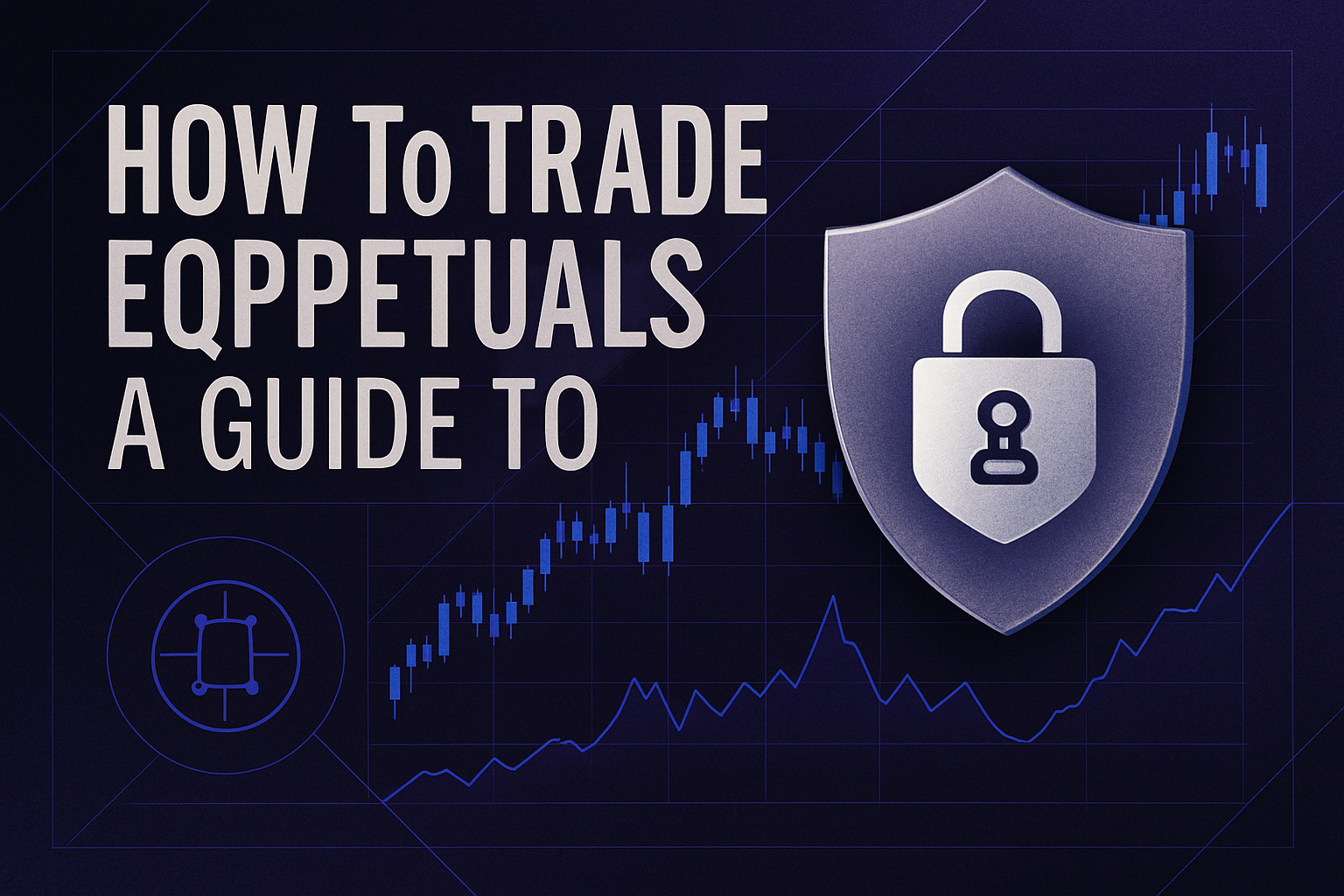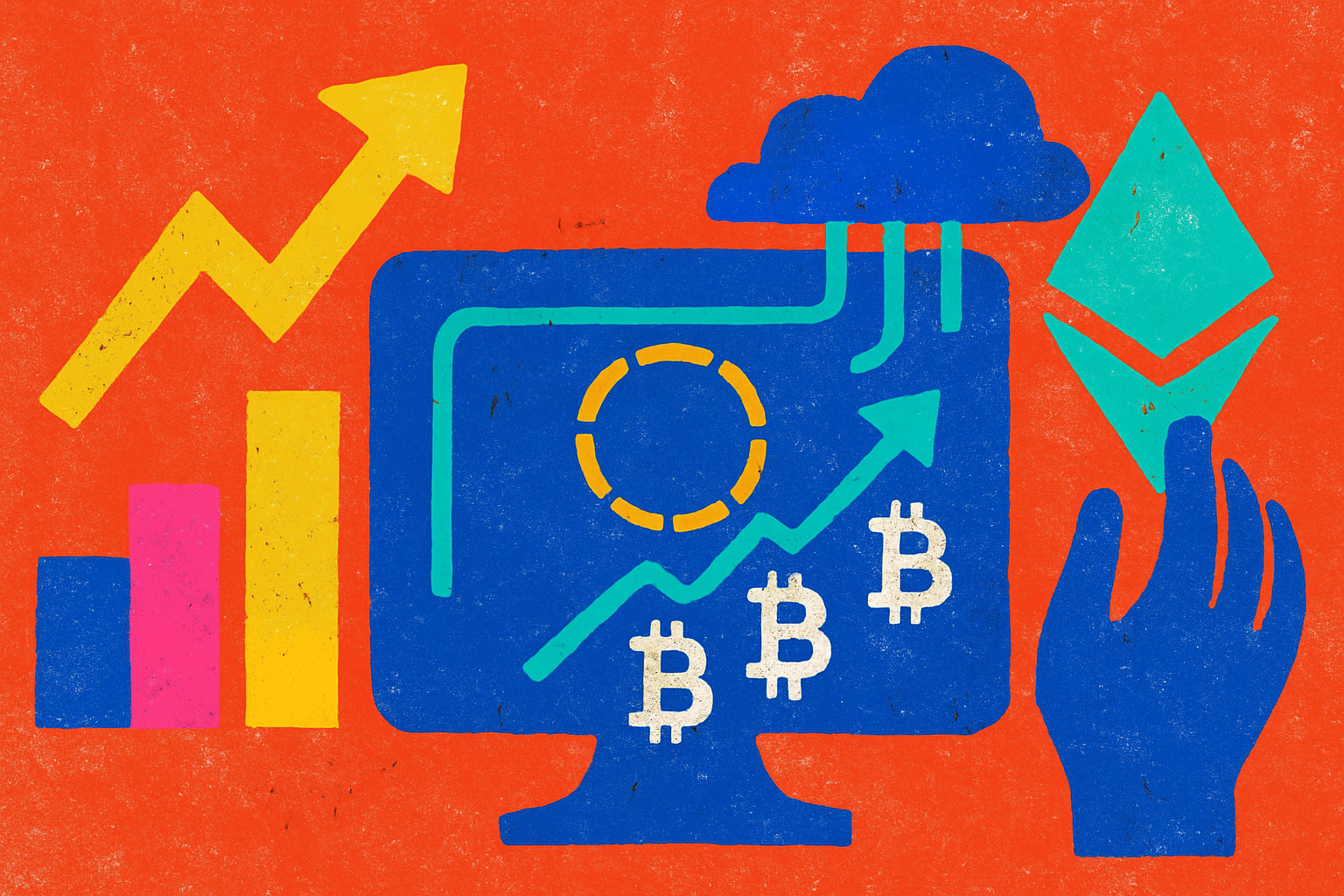
Perpetual DEX trading competitions are the new battleground for crypto traders chasing edge, airdrops, and alpha. In 2024 and 2025, platforms like Mode and Perps DAO have doubled down on points-based leaderboards and buyback incentives to fuel volume and build loyalty. But with so many competitions crowding the space, are these models truly delivering value for traders, or just inflating short-term stats?

How Points Systems Are Changing Perpetual Trading
Let’s get tactical: The perpetual trading points system is now central to most major perp DEXs. Mode’s recent competition distributed 5 million Mode points daily, directly tied to trading volumes across pairs. Other platforms like DΞX and PriveX run similar structures, where your leaderboard rank is determined by how much you trade, plain and simple.
This isn’t just about bragging rights. Accumulated points often unlock:
- Token buybacks
- Fee discounts
- Airdrop eligibility
- Governance voting power
The result? A surge in both organic and competitive trading activity as users chase rewards that can meaningfully offset costs or boost returns. For example, Perps DAO’s $10,000 prize pool in August 2025 drew a wave of high-volume traders looking to climb the leaderboard by sheer volume alone (source).
Buyback Models: Real Value or Hype Machine?
The evolution from simple revenue sharing to sophisticated buyback-and-burn models is reshaping incentive alignment across perp DEXs. Instead of just splitting fees with token holders, protocols like Hyperliquid now allocate up to 97% of trading fees to buy back their native tokens. Sharpe AI recently announced a buyback of 3.5M $SAI at an average price of $0.032, an event that immediately caught traders’ attention.
This approach can drive real value for active participants:
- Tighter tokenomics: Buybacks reduce circulating supply, potentially supporting price appreciation.
- More democratic upside: Smaller holders benefit proportionally as tokens are burned or locked.
- Sustained engagement: Ongoing buybacks keep community interest high post-competition.
Aster’s model goes even further, combining governance voting, staking rewards, and buybacks from protocol revenue streams. This multi-pronged approach aims to create a self-reinforcing flywheel between trader activity and platform value accrual.
Trader Rewards Analysis: Points Chasing vs Risk Management
Pros and Cons of Perp DEX Trading Competitions
-

Pro: Attractive Rewards and Incentives — Platforms like Mode and Perps DAO offer substantial rewards, such as daily point distributions and prize pools (e.g., $10,000 in Perps DAO’s 2025 competition), which can significantly boost trader profits.
-

Pro: Lower Trading Costs via Buybacks — Buyback models, as seen on Hyperliquid and Raydium, use trading fees to repurchase native tokens, potentially increasing token value and offering indirect benefits to active participants.
-

Pro: Enhanced Platform Engagement — Trading competitions foster community, encourage higher trading volumes, and can lead to network effects that benefit both traders and the platform.
-

Con: Increased Trading Risks — The drive to maximize rewards can lead traders to take on higher leverage or larger positions, exposing them to amplified market volatility and potential losses.
-

Con: Potential for Unhealthy Competition — Leaderboard-based rewards often favor high-volume or professional traders, making it challenging for smaller participants to compete meaningfully.
-

Con: Fragmented Liquidity Across Platforms — With multiple DEXs like Mode, Perps DAO, and Hyperliquid running simultaneous competitions, liquidity and trader attention can become diluted, impacting execution quality.
If you’re eyeing the leaderboard, here’s what matters: The best traders leverage these competitions to lower effective trading costs or stack extra income through rewards. But there’s no free lunch, higher volumes mean greater exposure and amplified risk if volatility spikes against your position.
The most successful competitors treat each contest as a calculated campaign. They set clear volume targets based on risk tolerance and only size up when the reward structure justifies it. With fragmented liquidity across chains (see Sui’s evolving landscape), picking the right venue is half the battle, and knowing when to stand down is just as critical as pushing for top ranks.
Airdrop Strategies and The Meta-Game Beyond Volume
The game doesn’t end with pure P and L or even points tallies. Many platforms now include meta-objectives, like social engagement bounties or governance participation, to expand what counts toward total rewards (source). PriveX recently put up $6,500 for not just top traders but also those who drove hype on socials or hit specific meta-goals during their series.
This shift is critical for traders who want to maximize their edge. The modern perp DEX airdrop strategy isn’t just about grinding volume anymore, it’s about playing the full meta-game. Engage with governance, amplify on socials, and optimize your timing around buyback events to extract the most value from every competition.
Buyback models also mean that timing matters. If you’re stacking points or tokens ahead of a major buyback event, you could see outsized returns as protocol-driven demand hits the market. But beware of the classic liquidity crunch post-competition, once the incentives dry up, some platforms see sharp drops in both volume and token price. Tactical traders plan their exits as carefully as their entries.
Key Takeaways for Perpetual Traders
Actionable Tips to Maximize Perp DEX Competition Rewards
-

Focus on High-Volume Trading Pairs: Target popular pairs with the highest liquidity, such as ETH/USD or BTC/USD, on leading Perp DEXs like Mode and Perps DAO. This ensures tighter spreads and faster execution, helping you climb competition leaderboards efficiently.
-

Time Your Trades During Peak Reward Periods: Many competitions, such as the Mode Perp Trading Competition, distribute points daily based on trading volume. Concentrate your trading during these periods to maximize daily point accrual and boost your overall ranking.
-

Leverage Platform-Specific Incentives: Take advantage of platform-specific rewards like token buybacks (e.g., Hyperliquid allocates 97% of fees to buybacks) or fee discounts on platforms such as ASTER and Raydium. These can compound your competition gains and lower your trading costs.
-

Track and Optimize Your Trading Volume: Use analytics tools provided by platforms like Perps DAO or third-party dashboards to monitor your progress and adjust your strategy in real time. This ensures you stay competitive and avoid missing out on top-tier rewards.
-

Stay Updated on Competition Rules and Meta-Game Objectives: Frequently check official channels for updates on meta-game objectives or bonus missions, as seen in PriveX competitions. Completing these can unlock extra rewards beyond standard trading volume prizes.
The landscape is only getting more competitive. With new DEXs launching every quarter and established players like Hyperliquid and Aster refining their incentive models, traders need to stay nimble. Here are a few tactical moves to keep top-of-mind:
- Track real-time buybacks: Monitor protocol announcements (like Sharpe AI’s $SAI buybacks at $0.032) to time your accumulation or exits.
- Pace your trading: Don’t overextend just for leaderboard glory; size up when the prize pool or airdrop odds justify it.
- Diversify venues: Fragmented liquidity means opportunity, rotate between competitions on different chains for optimal ROI.
- Play the meta: Don’t ignore social or governance objectives, these often deliver outsized rewards relative to effort.
The Future: More Complex, More Lucrative, If You Stay Ahead
The perpetual DEX space is evolving faster than ever. Points systems and buyback models are raising the bar for what’s possible in trader incentives, but they demand sharper tactics and constant adaptation. The best competitors treat every competition as a campaign: scouting rules, tracking rivals, and managing risk like pros.
If you want alpha in this game, don’t just trade, outplay everyone chasing the same leaderboard.
The bottom line? For disciplined traders willing to grind both volume and meta-objectives, perp DEX trading competitions can absolutely be worth it, if you have a strategy tailored to both risk management and dynamic reward structures. Stay tactical, stay motivated, and remember: Every day brings a new edge to find.




